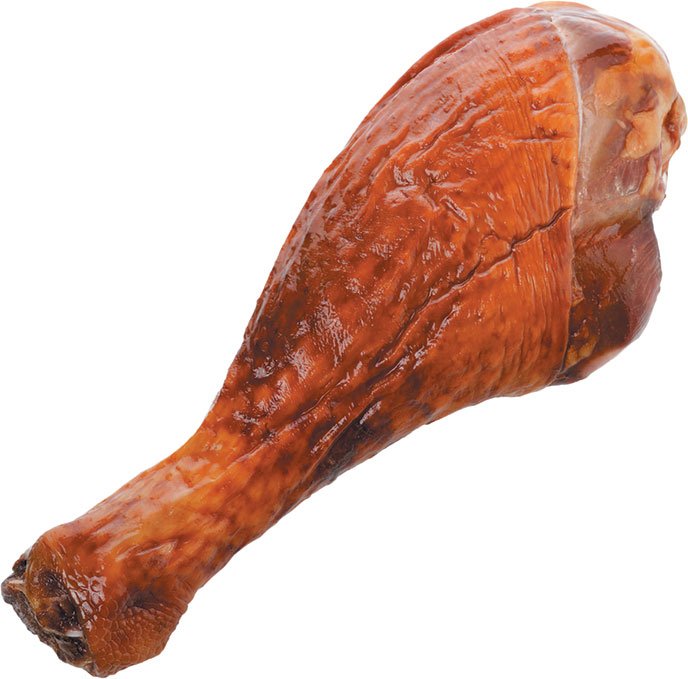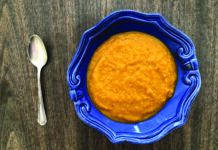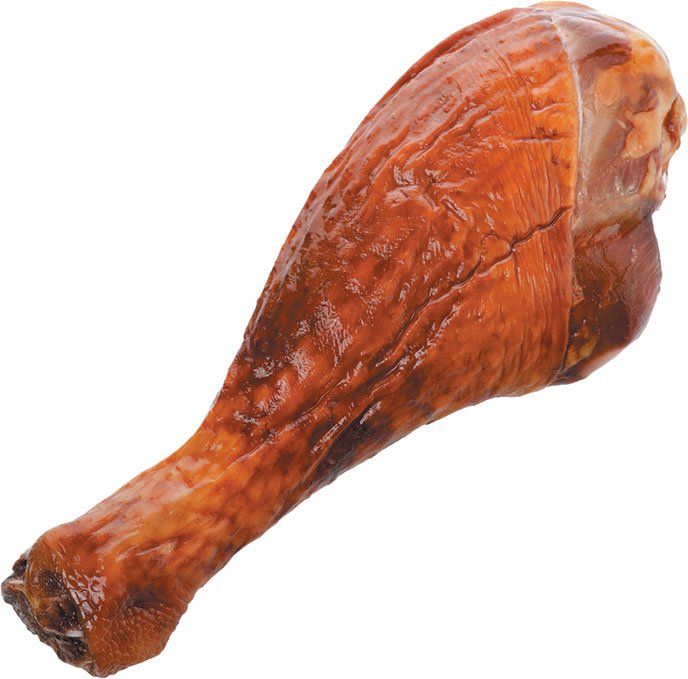
2014 USDA report found that 31%—133 billion pounds—of the nation’s available food supply went uneaten, with two-thirds of food waste at the consumer level. If the holidays make you think that a big portion of that uneaten food is lurking among the containers of leftovers in your refrigerator, maybe it’s time to make some changes to benefit the planet and your grocery budget.
But simply “nuking” leftovers in the microwave can be unappealing (that’s why all that food lingers in your fridge). And besides giving leftovers new life, you’d like to find simple, creative ways to make them healthy the second time around—maybe even healthier than they were originally.
“Leftovers should by definition be easier than the first meal,” says Helen Rasmussen, PhD, RD, senior research dietician at Tufts’ Human Nutrition Research Center on Aging. “Some even taste better the next day.”
ADD VEGGIES: Leftovers also present an opportunity, she says, to add healthy ingredients that might have been lacking the first time. Leftover pasta, for example, gets new life and improved nutrition by adding fresh or frozen vegetables—a sort of retrofitted pasta primavera. Cook tougher veggies before mixing in; tender vegetables and many frozen ones can cook right along with the reheating pasta.
Even leftover holiday dishes—typically not renowned for their restraint or nutritional benefits—can turn into healthy second-chance meals. “You can do a lot of creative things with turkey in stir-fry dishes,” Rasmussen suggests. “Start by adding vegetables. You might even be able to use some of the holiday sweet potatoes—kind of a re-do without the gravy.”
Extra turkey can turn into turkey tacos, served with beans, lettuce, tomatoes and “lite” shredded cheese or sour cream, or quick quesadillas. Or give chunks of turkey an Asian twist, Rasmussen says, with a simple no-cook satay dipping sauce of peanut butter, low-sodium soy sauce and/or fish sauce, chili sauce and lime juice. Turkey soup is another easy way to use up those seemingly inexhaustible leftovers, she adds, while incorporating extra veggies; make a simple stock from your turkey wings and back, or use low-sodium premade stock. (See recipes in our November 2012 issue.) Or add beans to make a quick turkey chili that’s high in protein (see this issue’s Special Pullout Supplement) and lower in saturated fat than traditional beef chili.
“Of course, all these turkey ideas also work for leftover chicken, such as the rotisserie chicken you can buy at any supermarket,” Rasmussen says.
SECOND CHANCES: Leftovers can also serve as secondary ingredients in nutritious grain dishes, with lots of vegetables in the mix. Turkey, chicken or pork work well in whole-grain couscous dishes or fried brown rice. Rasmussen says, “At Christmas, we make a ham, then use very tiny pieces of ham the next day in a risotto with peas.”
Don’t forget pizza. Already-cooked chicken or turkey can take the place of processed meats like pepperoni or sausage atop store-bought pizza crusts or simple packaged flatbreads. Crisp a flatbread in the oven, then top with a thin smear of tomato sauce (or, for variety, low-calorie ranch or blue-cheese dressing), shredded chicken or turkey, sliced bell peppers, a few tomato slices and a scattering of light mozzarella cheese. (If you’re going the no-tomato-sauce route, add little bits of blue, feta, goat or brie cheese and use less mozzarella.) Pop back in the oven until the cheese melts—it’s dinner in 15 minutes.
Leftovers can also find new life in sandwiches—for lunch or, accompanied with a fresh salad, even for dinner. Choose whole-wheat bread or 100-calorie sandwich “thins,” top with lettuce and tomato, and go easy on the condiments and cheese.
Using those leftovers crowding your fridge can make you feel you’re doing your part to reduce food waste. Giving them healthy reincarnations can also make you feel a bit less guilty about whatever holiday indulgences you may have given in to the first time around.
When it comes to leftovers, advises Tufts senior research dietician Helen Rasmussen, think safety first. If you forgot to put them in the fridge or the leftovers sat in your car too long after a holiday party or restaurant meal, just toss them, she says. It takes only a couple of hours for dangerous bacteria to grow.
According to the FDAs Foodsafety.gov website, you should refrigerate leftover food within two hours. Separate into smaller-portion-size containersless than two inches deepso food cools quickly. The clock starts ticking the minute your food finishes cooking, so time your doggie bag plans from when youre served (or a little before), not when you leave the restaurant or clear the table.
Reheat thoroughly, stirring as needed. Especially when reheating in a microwave, keep in mind that all parts of a dish may not be heated evenly. Reheated food should reach 165 degrees before being eaten; standing time can also help microwaved dishes distribute heat. Check with a kitchen thermometer to make sure.
For more tips on safe storage of food, before and after cooking, and reducing food waste, see the Food Marketing Institutes Food Keeper site or download the Food Keeper mobile app























